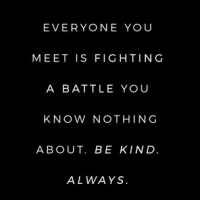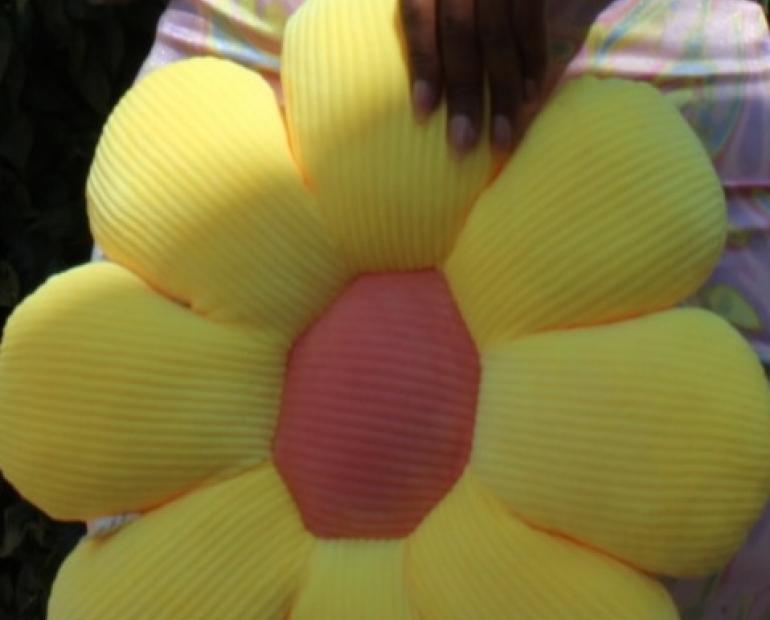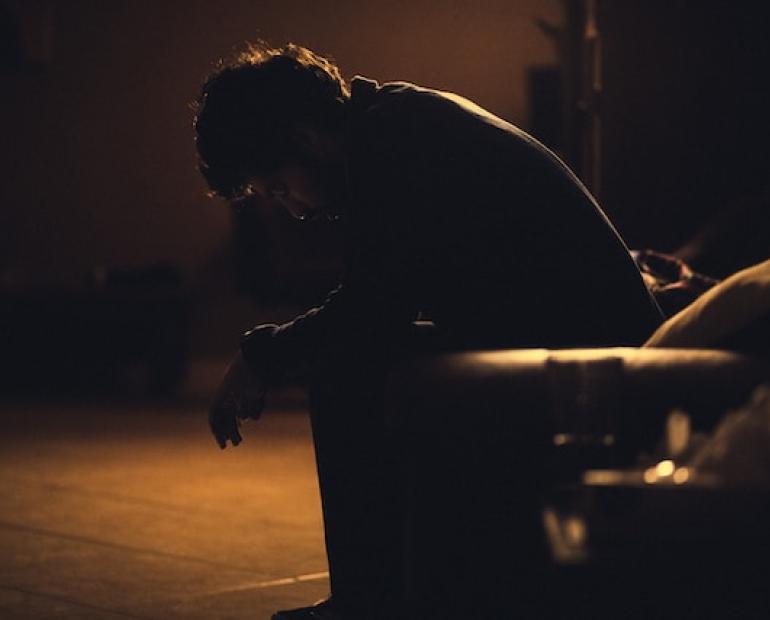
As the world delves deeper into the unmasking of the onslaught of COVID-19, there has been a myriad of measures taken by people across the globe to protect themselves and everyone around them.
The world has been brought to a standstill as the coronavirus continues to travel the world, compelling governments to issue nation-wide lockdown order in an attempt to encourage social-distancing norms. Not only have these steps affected economic activity but have impacted the education procedures too.
Children and youth are groups that have encountered a massive hit from this crisis. As institutions have been ordered to close, for the time being, students are forced to turn to the virtual world to continue their learning. However, this has led to a major reveal of global inequality as many pupils worldwide don’t have access to devices or even an available network.
Education is a basic human right and a key to poverty alleviation and inequality reduction; thus, we must bring notice to how this contributes to a social divide.
Currently, more than 1.2 billion children in 186 countries are out of school. The sudden shift from the classroom has not only affected their stress and anxiety levels of school but has taken the essence of their normal lives away from friends and school environment.
This change has had a bigger impact on the low-income families and less-developed countries. While 95% of students in Norway, Austria and Switzerland have reliable internet access, a bit less than 34% of students in Indonesia do, as stated by OECD data.
Almost 90% of youth in Sub-Saharan Africa don’t have access to electronic devices and around 82% are unable to find a secure network connection and come online. Not only that, but both teachers and students are also struggling to adapt to the rapid transition to virtual learning.
It is certain that the digital divide continues to expand. Forced into quarantine, many students are in the position of studying in small spaces shared with large families. The older children have to balance out their schoolwork while dealing with the trauma of living in a pandemic without many of the protections that more affluent families have – such as the ability of the parents to work from home or call in sick leave.
For them, every penny ill-spent is an invitation to starvation. Bargaining with social distancing comes at a cost that can no longer be quantified – the cost of inequality.
We mustn’t take advantage of the opportunities and privileges that we so freely overlook. I believe inequitable access to education for every child is a fundamental right. This current situation is a call to action for us and an epiphany to focus on the prevailing inequalities. We must continue to close the digital divide for the future of our world.
- Stefania Giannini, UNESCO Assistant Director-General for Education






